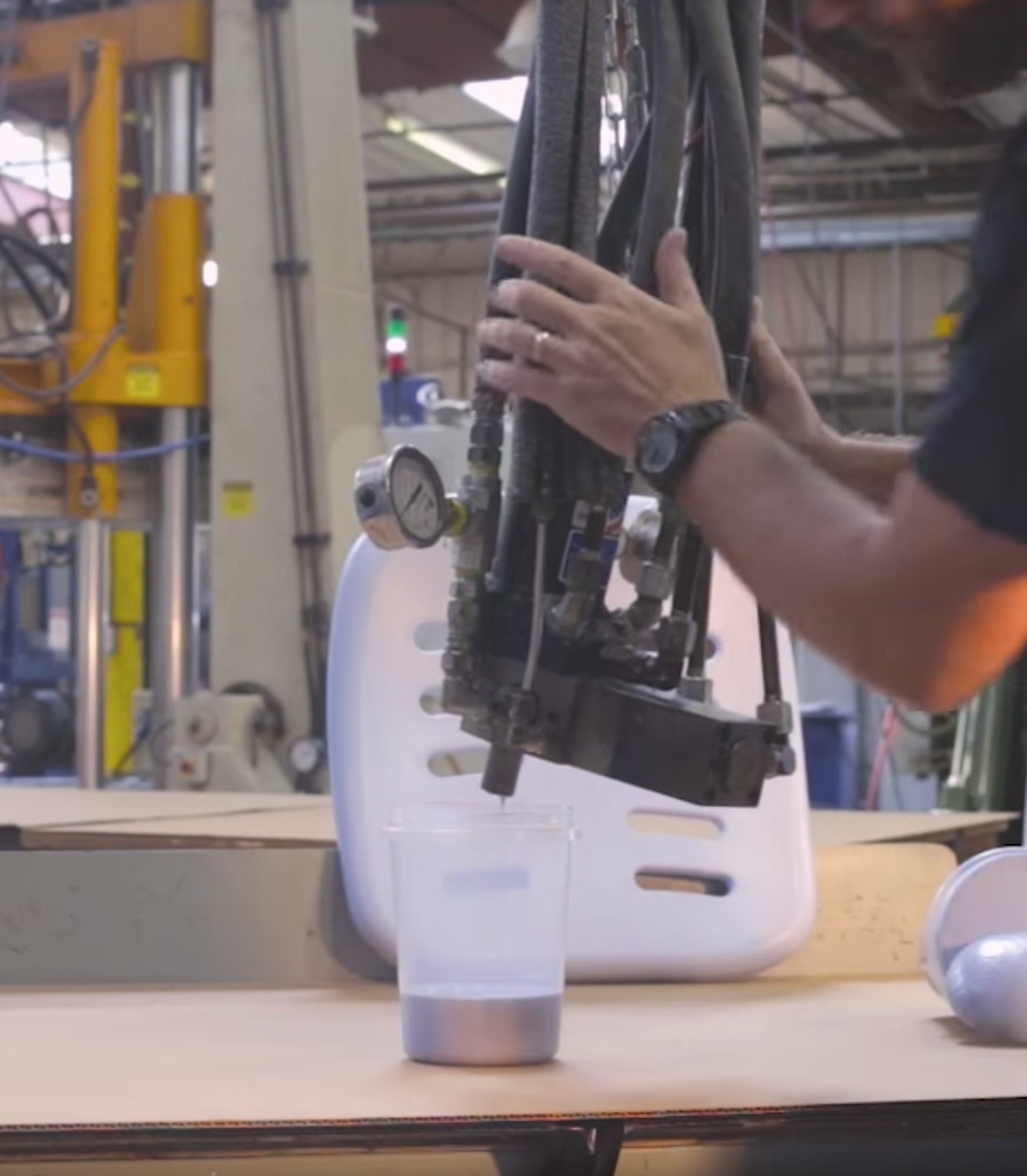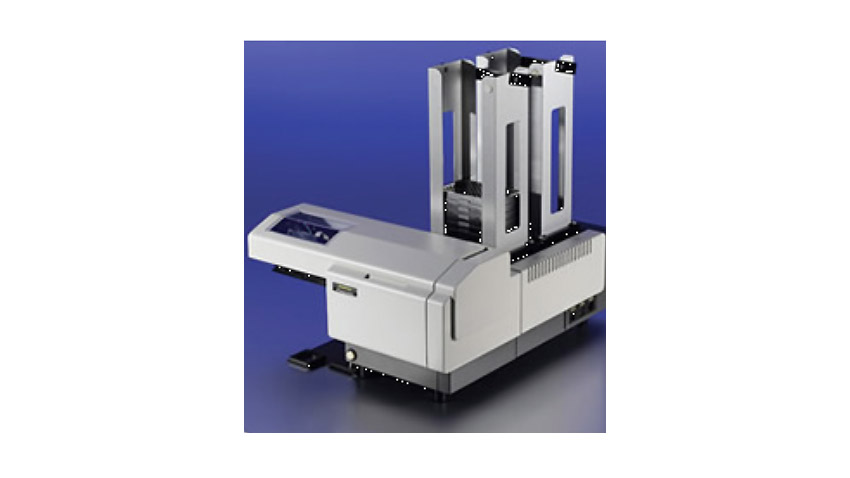Reaction Injection Molding (RIM) is a robust process used to produce polyurethane plastic parts by combining liquids (polyol and isocyanate) to form large, high-performing, lightweight parts used in manufacturing different products. Over the years, the process has become popular because of the design flexibility and cost-effectiveness when compared to other manufacturing processes.
The Advantages of the RIM Process
Apart from its affordability, the benefits of RIM Mold and Part Design are useful to our customers for the following reasons.
- Creation of Large Parts: RIM uses low viscosity polyurethane liquids, making it easier to create uniquely designed, large plastic parts without compromising performance.
- Highly Cosmetic Surface Finish: The process accommodates finer design details and surface finish to produce quality pigmented or in-mold painted parts.
- Variable Wall Thickness: The chemical reaction used to form parts is highly customizable, giving designers better control to vary wall thickness and eliminate sink marks.
All of these allow for the creation of high-quality, aesthetically pleasing, and long-lasting plastic parts. In choosing the RIM process in manufacturing your product parts, you join a select group of industries.
Industries that Utilize the RIM Process
It’s difficult to beat results, making the RIM manufacturing process highly sought-after. In the last few years, more businesses across many industries have made the switch to the RIM process. It has resulted in high-quality, high functioning, finished products.
Automotive Industry
RIM is widely used in the automotive industry. Most car manufacturers use it to create large parts, including bumpers, quarter panels, decorative trims, and wheel arch liners. The durability and flexibility of hardened polyurethane provide these parts with ample tensile strength and shock resistance. Some automotive brands also use RIM to create whole prototypes for testing purposes and show cars for their showroom displays.
Heavy Equipment Industry
The heavy equipment industry uses the RIM process in creating intricate parts, specifically for heaters, mobile generators, and light towers. The polyurethane solution is resistant to corrosion and other forms of wear and tear, resulting in tough and low-maintenance parts. The process is also used for B-side geometry, in-mold paint, and molded-in inserts. All of these give designers better control in building the final products.
Healthcare Industry
Although the RIM process is largely known for its ability to create large parts, the healthcare industry utilizes it to design and manufacture intricate parts for medical devices (e.g., ophthalmic enclosures for eye examination equipment). In some cases, the RIM process is used to make whole devices, such as an electronic spray system, a DNA analyzer, and a full-body analysis machine. Polyurethane plastic is also resistant to bacteria growth, making it a hygienic alternative to other materials.
Partner with RIM Manufacturing for Your Next Reaction Injection Molding Project
Discover the advantages of using this innovative parts manufacturing for yourself. RIM Manufacturing, LLC, has over four decades of industry experience, giving us the expertise to meet different needs. Let us help you create the parts you need for your products – whatever they may be!


